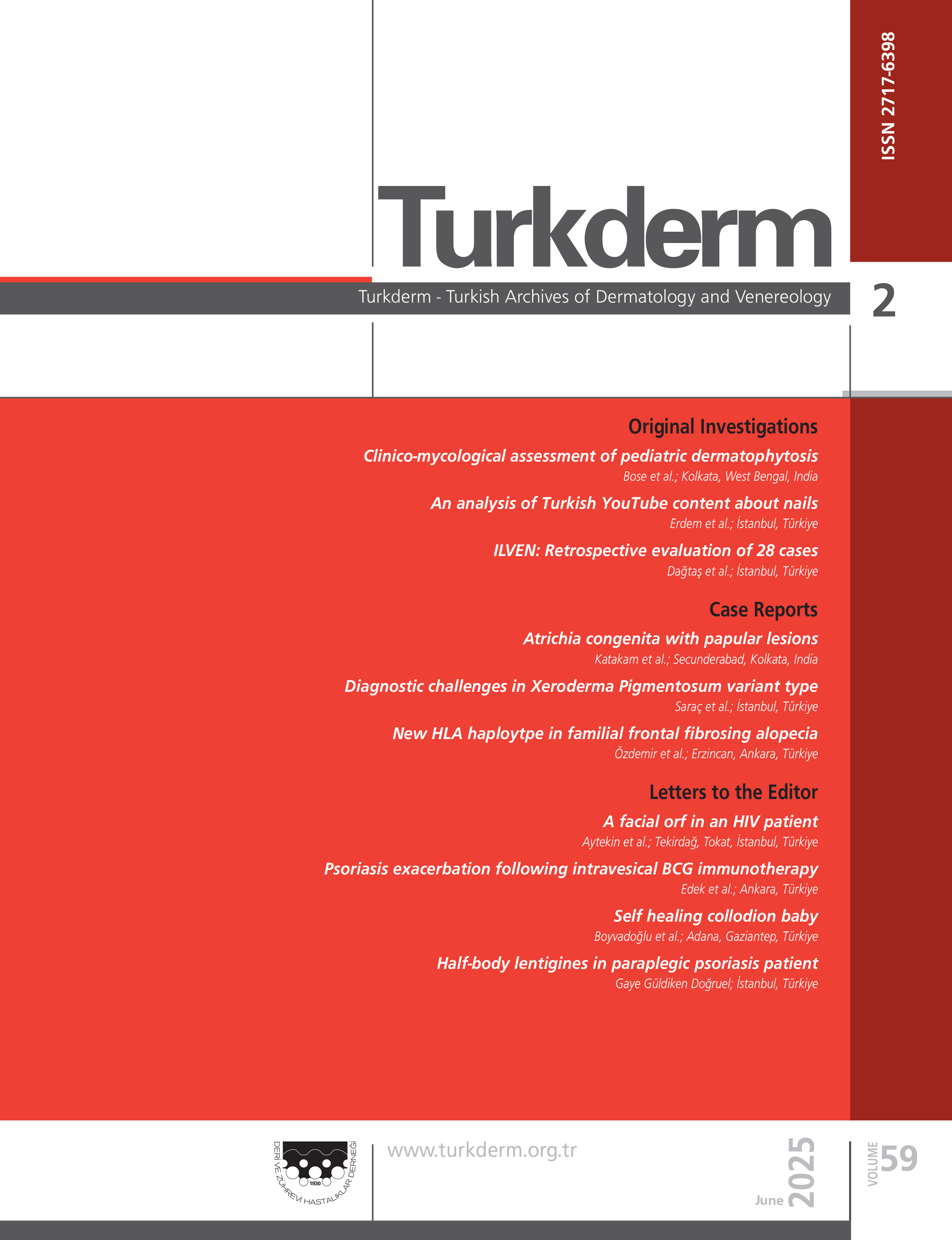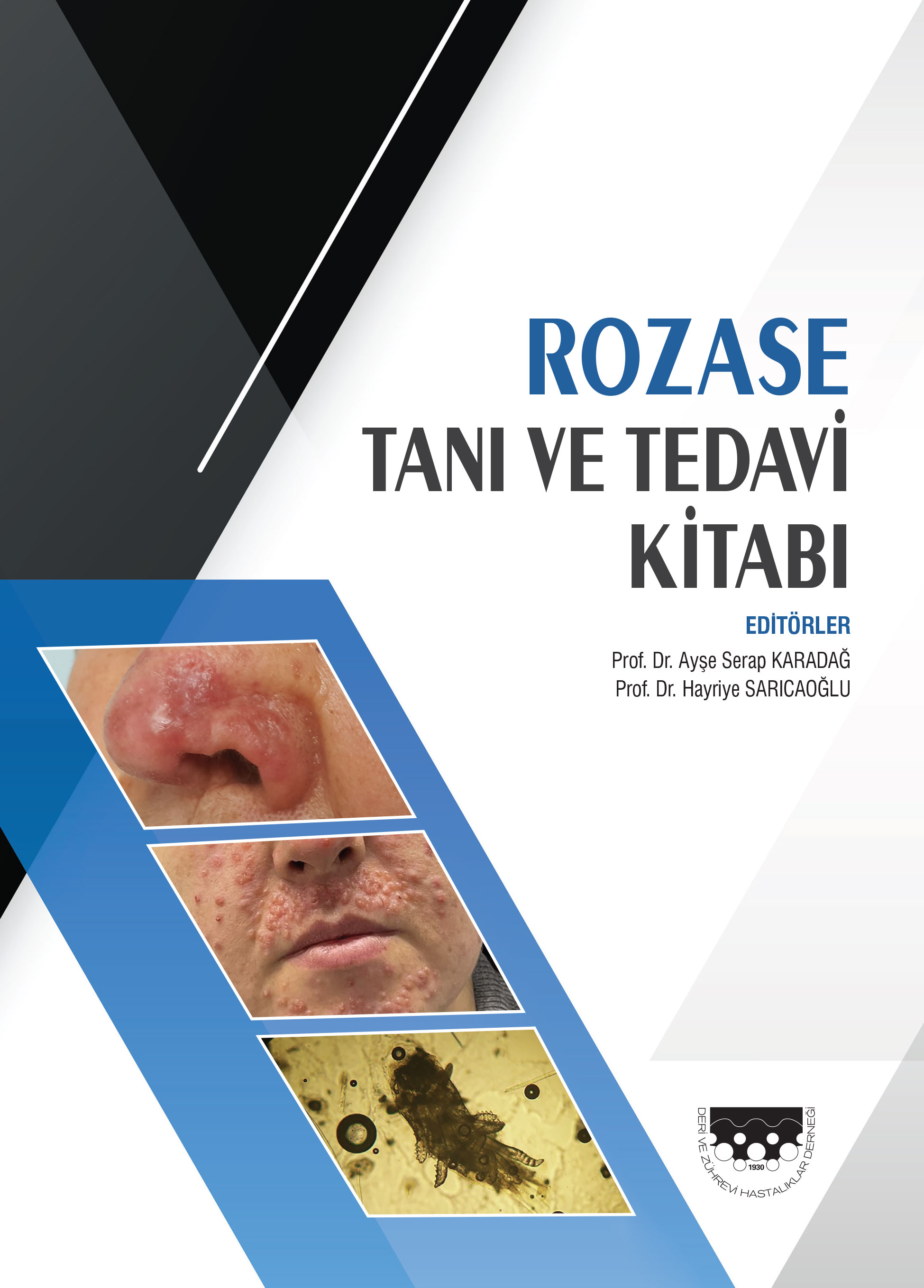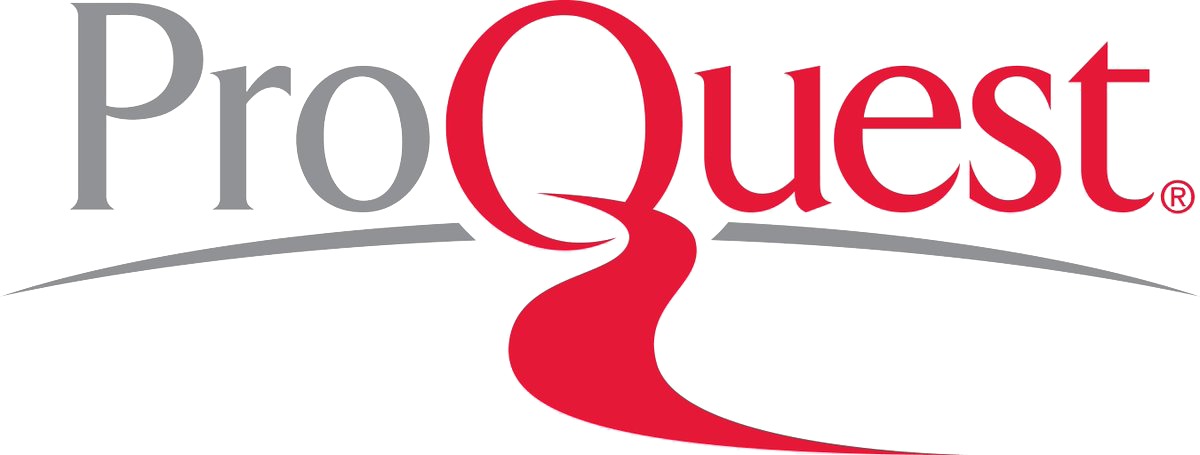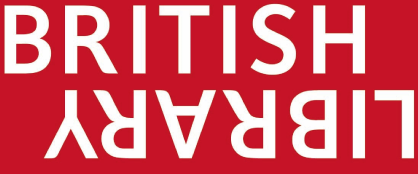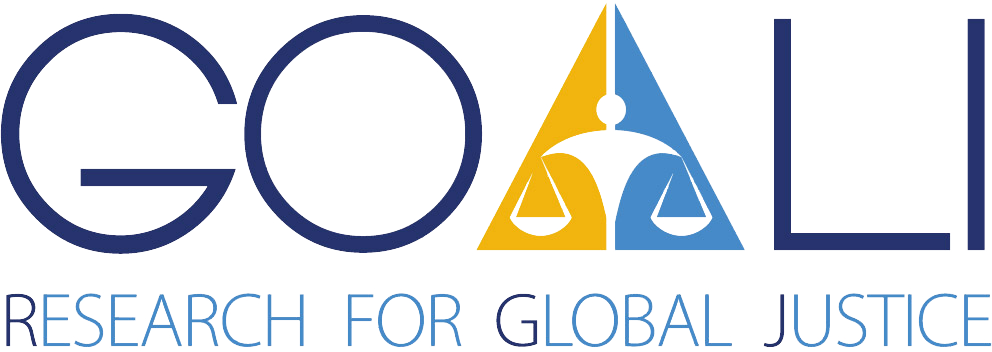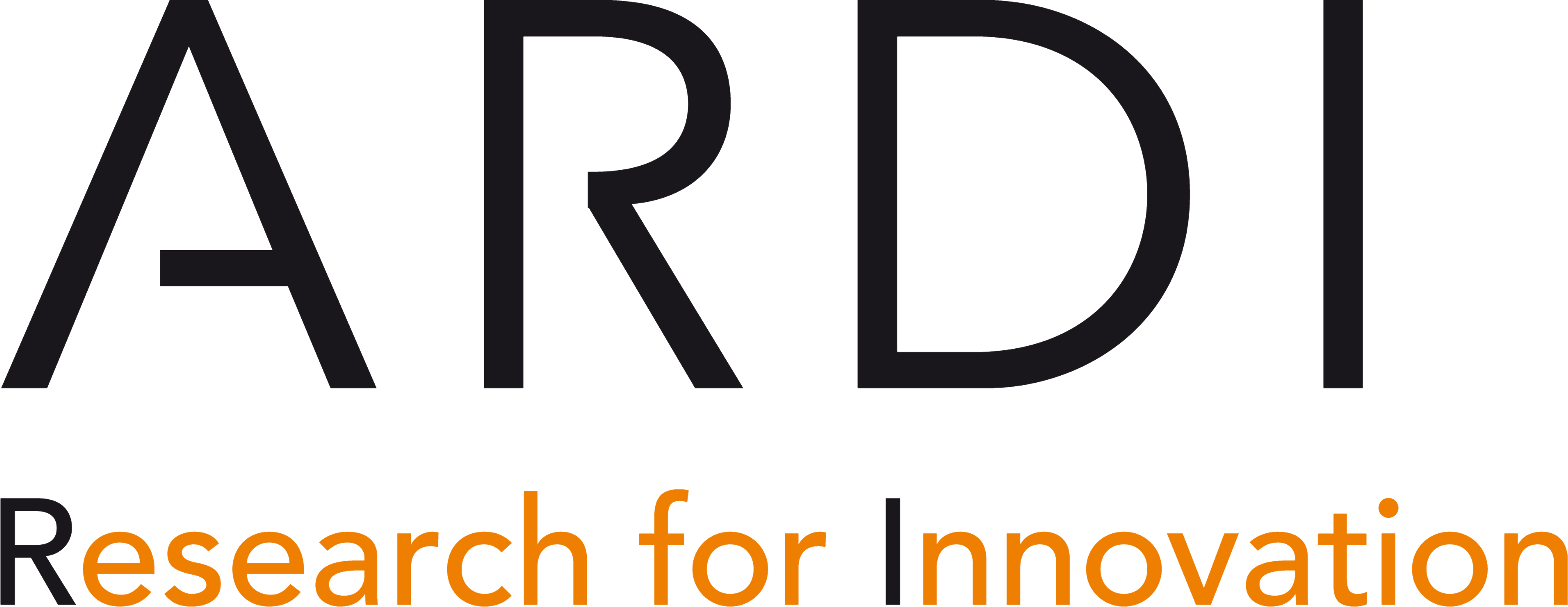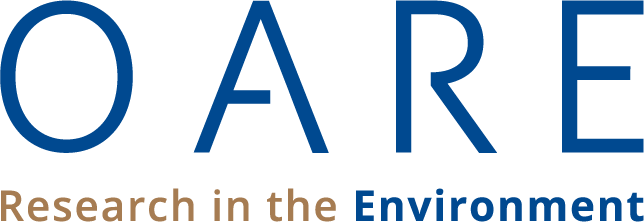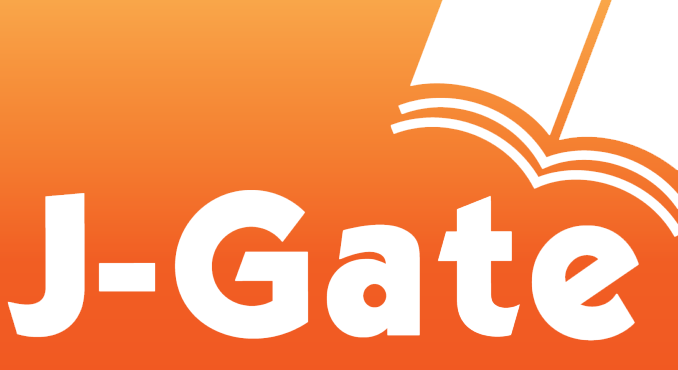Volume: 51 Issue: 4 - 2017
| ORIGINAL INVESTIGATION | |
| 1. | Therapeutic and prophylactic effects of strontium on radiotherapy-induced skin toxicity in rats Birsen Yücel, Sibel Berksoy Hayta, Ömer Fahrettin Göze, Eda Erdiş, Seher Bahar, Mustafa Gürol Celasun, Turgut Kaçan, Melih Akyol doi: 10.4274/turkderm.74150 Pages 109 - 114 Background and Design: This study aimed to investigate whether 5% strontium (Sr) chloride hexahydrate has preventive or therapeutic effects on the radiotherapy (RT)-induced adverse skin effects. Materials and Methods: Sixty-four female Wistar albino rats weighing 200-210 g, aged 4.5-5 months were divided into eight groups. Results: There were significant differences between control group and the other groups according to the Radiation Therapy Oncology Group Acute Radiation Morbidity Scoring Criteria (RTOG) and histopathological findings (p<0.050). However, there were no significant differences between RT group and treatment groups (p>0.05). In addition, there were no significant differences among treatment groups (p>0.05). Statistical results were as follows according to the immunohistochemical evaluation of transforming growth factor-β: group 1 and 4 (p=0.015), group 1 and 5 (p=0.014), group 1 and 6 (p=0.035), group 1 and 8 (p=0.046), group 2 and 6 (p=0.047), group 4 and 6 (p=0.031); and according to the immunohistochemical evaluation of tumor necrosis factor-α: group 1 and 2 (p=0.024), group 1 and 8 (p=0.045). Conclusion: Topical treatment with Sr at a concentration of 5% is insufficient to prevent the side effects of RT involving the skin, as assessed by the RTOG scoring, histopathological findings, and immunological markers. |
| 2. | Evaluation of ischemia-modified albumin level and parameters related with oxidative stress in early onset androgenetic alopecia Hülya Nazik, Selçuk Nazik, Zeynep Küskü Kiraz, Feride Çoban Gül, Betül Demir doi: 10.4274/turkderm.89814 Pages 115 - 118 Background and Design: Ischemia-modified albumin (IMA) is a biomarker, which is an indicator of ischemia and oxidative stress, and measured by the albumin cobalt binding test. Androgenetic alopecia (AGA) is the most important cause of hair loss in males. Hair loss that is affected by androgenic hormones, age, and ethnic, family and environmental factors, may lead to psychological, social and physical problems in some individuals. The aim of the present study was to investigate the factors affecting AGA, and the correlation between AGA and IMA. Materials and Methods: Fifty male patients with AGA aged 18-35 years and 30 males of similar age without AGA were included in the study. Patients with AGA stage 3 or higher were included in the study group. Blood samples were collected after a 12-hour fasting period. Blood glucose, total cholesterol, high-density lipoprotein (HDL), low-density lipoprotein (LDL), triglyceride, insulin, testosterone, dehydroepiandrosterone-sulfate (DHEA-S), and albumin levels were analyzed using an autoanalyzer. IMA values were evaluated using a MINDRAY BS 2000 autoanalyzer. Results: A total of 80 individuals were included in the study. There was no significant difference in mean age (p=0.179), body mass index (p=0.847), DHEA-S (p=0.247), testosterone (p=0.874), lipid profile [triglyceride (p=0.086), total cholesterol (p=0.492), HDL (p=0.993), LDL (p=0.544)], insulin resistance (p=0.399) and IMA (p=0.976) between study group and control group. Additionally, a family history of alopecia was found to be significantly higher in the study group (p=0.000). Moreover, there was a positive correlation between AGA grade and insulin resistance (r=0.296; p=0.037). Conclusion: AGA, which leads to many cosmetic and psychosocial problems, was more frequent in individuals with a family history of alopecia; also, there was a positive correlation between AGA stage and insulin resistance. On the other hand, there was no significant correlation between AGA and IMA. |
| 3. | Dermoscopic findings of psoriatic nail and their relationship with disease severity Ayşegül Polat, Yelda Kapıcıoğlu doi: 10.4274/turkderm.54289 Pages 119 - 123 Background and Aim: The use of dermoscopy in nail diseases is quite recent. Dermoscopy allows a better visualisation of abnormalities of the nail bed and matrix in case of atypical clinical features in psoriatic nail. This study aimed to determine the frequency of findings in psoriatic nail by dermoscopic examination, to compare dermoscopy with clinical examination and to investigate the relationships between the indicators of disease severity. Materials and Methods: This study included 40 patients who presented with psoriatic nail. The severity of skin involvement of the disease was determined by the Psoriasis Area Severity Index (PASI) and the severity of nail involvement was determined by the Nail Psoriasis Severity Index (NAPSI). Patients' nails were evaluated both by clinical examination and dermoscopy. Results: The most common clinical and dermoscopic findings were pitting (92.5%) and leukonychia (92.5%), respectively. No statistically significant difference was observed between the clinical and dermoscopic NAPSI scores (p>0.05). No statistically significant relationship was noted between the PASI and the clinical and dermoscopic NAPSI scores (p>0.05). Dermoscopically, dilated, extended capillary vessels were observed in the nail bed but without the evidence of a relationship with disease severity. A positive correlation was noted between the duration of the disease and the duration of nail involvement (p<0.05). There was a statistically significant positive relationship between the duration of nail involvement and the clinical and dermoscopic NAPSI scores p<0.05. Conclusion: Nail dermoscopy was considered to be a preferable method as a supportive and non-invasive procedure prior to biopsy in cases of isolated nail involvement where clinical diagnosis of nail psoriasis is suspicious. |
| 4. | Our clinical experience with the use of omalizumab in the treatment of bullous pemphigoid Pınar İncel Uysal, Başak Yalçın, Ayşe Öktem doi: 10.4274/turkderm.65983 Pages 124 - 128 Background and Design: In the era of biological therapies, omalizumab (OMZ), a monoclonal antibody which inhibits IgE, has been postulated to be effective in the treatment of bullous pemphigoid (BP). We report our clinical experience with the use of OMZ in the treatment of BP. Materials and Methods: Retrospective data analyses of eleven patients were performed. Results: Seven patients receiving OMZ treatment demonstrated clinical improvements. Three patients terminated treatment because of intermittent co-morbidities. None of the patients had any significant adverse events. Conclusion: OMZ may be a promising corticosteroid-sparing treatment option for moderate to severe BP patients. Future randomized controlled trials are indicated to evaluate the efficacy of OMZ in the treatment of BP. |
| CASE REPORT | |
| 5. | A case of erosive lichen planus with plantar involvement Fatma Arzu Kılıç, Sevim Baysak, Ali Gökhan Eşim, Banu Lebe doi: 10.4274/turkderm.48991 Pages 129 - 132 Lichen planus (LP) affects 0.2-1% of adult population and the etiology is not fully known. Erosive lichen planus (ELP) is a rare form of LP. LP, characterized by painful erosive plaques involving the oral mucosa and palmoplantar and genital areas, is quite resistant to treatment. Palmoplantar involvement of ELP is very uncommon. Herein, we present an ELP patient with both plantar and dorsal feet involvement in whom the diagnosis of ELP was not established for 7 years. The patient was started on 3 mg/kg/day cyclosporin-A treatment and regression of the lesions was observed during follow-up. Plantar ELP is a condition which needs years of patient monitoring due to treatment resistance, scar tissue formation, recurrence, association of comorbid pathologies, and malignant transformation potential. |
| 6. | Topical tacrolimus for the treatment of acrodermatitis continua of Hallopeau: A case report and review of the literature Fatih Göktay, Zeynep Büşra Küçüker, Pembegül Güneş, Levent Soydan, Sema Aytekin doi: 10.4274/turkderm.73880 Pages 133 - 136 Acrodermatitis continua of Hallopeau (ACH) is a chronic and recurrent inflammatory disorder characterized by erythema and pustular lesions localized on the acral regions. Nail dystrophy, matrix destruction, anonychia, and bone and joint deformation may be seen in patients with ACH. Spontaneous remission is rare, and it has proved difficult to achieve long-lasting remission with most of the therapeutic agents used in the treatment of ACH. Corticosteroids, tar, dithranol, fluorouracil, calcipotriol, and tacrolimus have been used in the topical treatment of ACH with variable success. In the present case, initially, topical corticosteroid-resistant ACH localized on the left thumb was successfully treated with open applied topical tacrolimus ointment alone twice daily. Application frequency of the agent was tapered gradually. There was near-complete healing at the end of 7.5 months of follow-up, but at the end of the 21 weeks of once-weekly therapy regimen, recurrence was observed. At this stage, topical daily open-applied and overnight occlusive treatment with tacrolimus and intralesional triamcinolone acetonide injection was ineffective. Then, the disease could be controlled with the topically applied calcipotriol and clobetasol. |
| WHAT IS YOUR DIAGNOSIS? | |
| 7. | What is your diagnosis? Berna Aksoy, Orhan Eren doi: 10.4274/turkderm.15975 Pages 137 - 139 |
| 8. | What is your diagnosis? Şirin Yaşar, Filiz Cebeci, Sema Aytekin, Fatih Göktay, Şule Yüksel, Pembegül Güneş doi: 10.4274/turkderm.35761 Pages 140 - 142 |
| TIPS FOR INTERVENTIONAL DERMATOLOGY | |
| 9. | Wound Healing Emel Fetil doi: 10.4274/turkderm.36528 Pages 143 - 144 |
| OTHER | |
| 10. | Subject Index Page E1 |
| 11. | Referee Index Page E2 |
| 12. | Author Index Page E3 |


